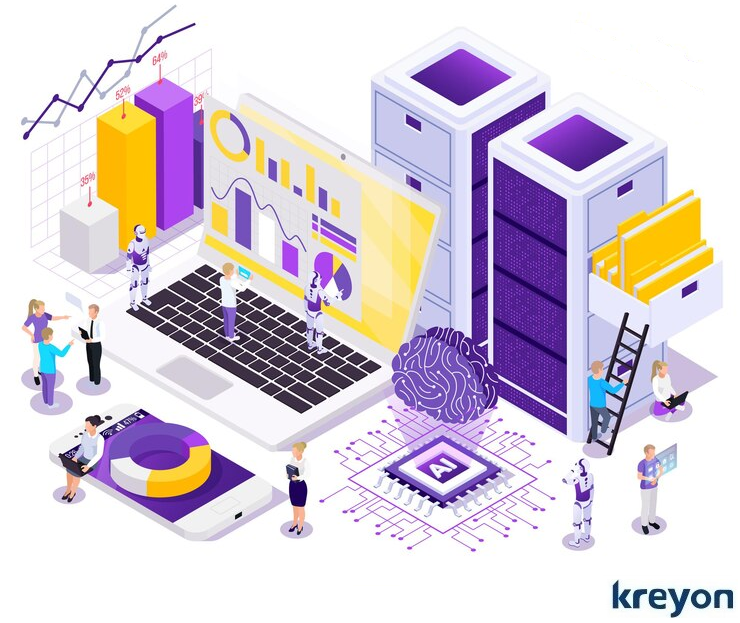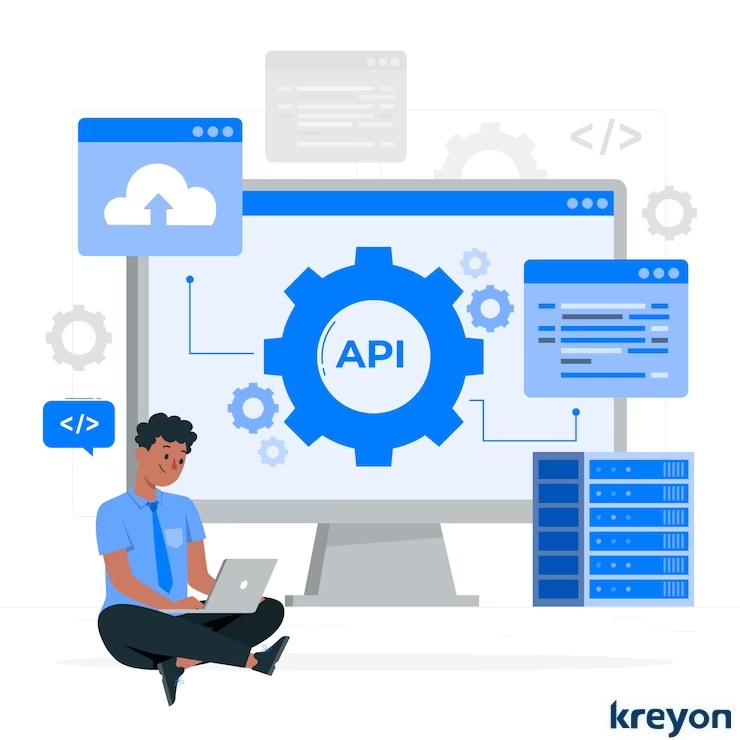Cross-Platform Development Unlocks Limitless Reach for Your App Development

In a world where users seamlessly switch between smartphones, tablets, and desktops, businesses face a critical challenge: how to deliver seamless experiences across every device. Cross-platform development emerges as a strategic solution, enabling businesses to reach a wider audience with a single codebase.
It serves as a powerful strategy that bridges the gap between diverse platforms without complexity of managing different codebases.
This article explores the advantages of cross-platform development and how it empowers organizations to reach a wider audience, optimizing development efforts, and expand your digital footprint.
The Rise of Cross-Platform Development
Imagine writing code once and deploying it flawlessly on iOS, Android, Windows, and the web. That’s the magic of cross-platform development. It eliminates the need for separate teams and codebases for each platform, saving time, resources, and ensuring consistency across devices.
The proliferation of smartphones, tablets, and an array of operating systems has made it challenging for developers to create and maintain applications for each platform separately.
Enter cross-platform development, a paradigm that allows developers to write code once and deploy it across multiple platforms, significantly streamlining the development process.
Advantages of Cross-Platform Development

Cost Efficiency
One of the primary advantages of cross-platform development is cost efficiency. Writing and maintaining a single codebase significantly reduce development costs compared to creating separate codebases for each platform. This allows businesses to allocate resources more strategically and maximize their return on investment.
Faster Time to Market
Cross-platform frameworks, such as React Native or Ionic, offer a write-once, run-anywhere approach, accelerating the development timeline. Businesses can launch their applications faster, staying ahead of the competition and meeting market demands promptly.
Consistent User Experience
Maintaining a consistent user experience across platforms is crucial for building brand loyalty. Cross-platform development ensures that users encounter a cohesive interface and functionality, regardless of the device or operating system they use.
Easier Maintenance and Updates
Updating and maintaining a single codebase simplifies the process of rolling out new features, bug fixes, or security patches. Developers can implement changes across all platforms simultaneously, ensuring uniformity and reducing the likelihood of inconsistencies.
Broader Market Reach
With cross-platform development, businesses can extend their reach to a broader audience. By supporting multiple platforms, including iOS and Android, organizations can tap into diverse markets without the need for extensive platform-specific development efforts.
Key Cross-Platform Development Frameworks

React Native
Developed by Facebook, React Native is a popular open-source framework that allows developers to build mobile applications using JavaScript and React. It leverages a single codebase to create high-performance, native-like experiences for both iOS and Android platforms.
Due to reliance on JavaScript libraries, React Native apps tend to be larger in size compared to native apps, which can impact download times and storage space on user devices.
While offering native-like feel, React Native relies on a bridge between JavaScript and native code, potentially leading to performance delays and limitations in accessing certain native features.
Xamarin
Owned by Microsoft, Xamarin enables cross-platform development using the C# programming language. It provides a unified development environment, allowing developers to create applications for iOS, Android, and Windows with a shared codebase.
Xamarin apps tend to be slower, larger in size due to the inclusion of the .NET runtime, again impacting download times and storage space on user devices.
While offering native capabilities, Xamarin development still involves dealing with platform-specific complexities and tools, adding an extra layer of complexity compared to more abstract frameworks.
Flutter
Developed by Google, Flutter is an open-source UI software development toolkit that facilitates the creation of natively compiled applications for mobile, web, and desktop from a single codebase. It uses the Dart programming language and offers a rich set of pre-designed widgets for a consistent user interface.
While growing, Flutter’s ecosystem of third-party libraries is still smaller compared to more established frameworks like React Native and native development options, potentially requiring more custom coding for specific functionalities.
Progressive Web Apps
Cross-platform development generally refers to building an application once and deploying it across multiple platforms (mobile, web, desktop) with minimal to no platform-specific coding. This often involves using frameworks like React Native, Flutter, or Xamarin that translate your code into native code for each platform.
Progressive web apps, on the other hand, are web apps built with technologies like HTML, CSS, and JavaScript that offer enhanced capabilities and functionalities similar to native apps.
While they primarily run on web browsers, some features like offline functionality and push notifications leverage platform-specific APIs, blurring the lines between web and native apps.
Unlike truly cross-platform apps, PWAs rely on web browsers for functionality, which may not be consistent across all platforms. However, PWA is a great option when you need a web-first app with some enhanced functionalities. PWA is generally faster when it comes to execution of your app compared to other frameworks above.
Challenges and Considerations

The ideal framework depends on your project’s specific needs, team expertise, and target platforms. Carefully evaluate factors like performance requirements, native features, and developer skill sets to make an informed decision.
While cross-platform development offers numerous benefits, it’s essential to consider potential challenges, such as platform-specific features and performance differences.
Before embarking on a cross-platform development journey, organizations should carefully evaluate their project requirements, target audience, and the features each platform offers.
Conclusion
Cross-platform development has emerged as a game-changer in the ever-evolving landscape of mobile and web application development. It not only addresses the challenges posed by multiple platforms but also empowers businesses to deliver consistent, high-quality experiences to a diverse audience.
As organizations seek efficiency, cost-effectiveness, and broader market reach, cross-platform development stands out as a strategic choice for building the next generation of versatile and impactful applications.
Embracing this approach can be the key to unlocking new opportunities and staying at the forefront of technological innovation.
Kreyon Systems develops applications for businesses seeking to thrive in the multi-device era. If you have queries for us, please reach out.
